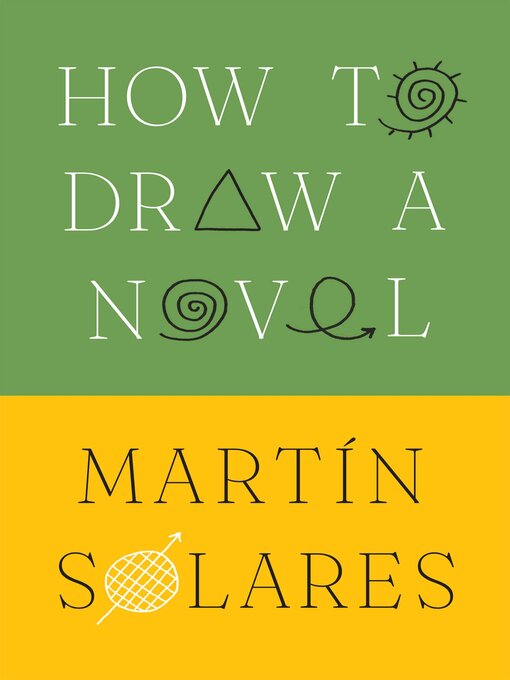Finalist for the Big Other Book Award for Translation
From the acclaimed author of The Black Minutes and Don't Send Flowers, How to Draw a Novel is an ingenious and visually stimulating exploration of narrative and craft from master storyteller and former publisher Martín Solares
In this finely wrought collection of essays, Martín Solares examines the novel in all its forms, exploring the conventions of structure, the novel as a house that one must build brick by brick, and the objects and characters that build out the world of the novel in unique and complex ways. With poetic, graceful prose, that reflects the power of fascination with literary fiction, Solares uses line drawings to realize the ebb and flow of the novel, with Moby Dick spiraling across the page while Dracula takes the form of an erratic heartbeat. A novelist, occasional scholar, and former acquiring editor in Mexican publishing, Solares breaks out of the Anglo-American-dominated canon of many craft books, ranging across Latin and South America as well. He considers how writers invent (or discover) their characters, the importance of place (or not) in the novel, and the myriad of forms the novel may take. Solares' passion for the form is obvious, and his insights into the construction of the novel are as profound as they are accessible. This is a writer's book, and an important contribution to the study of craft and fiction.



